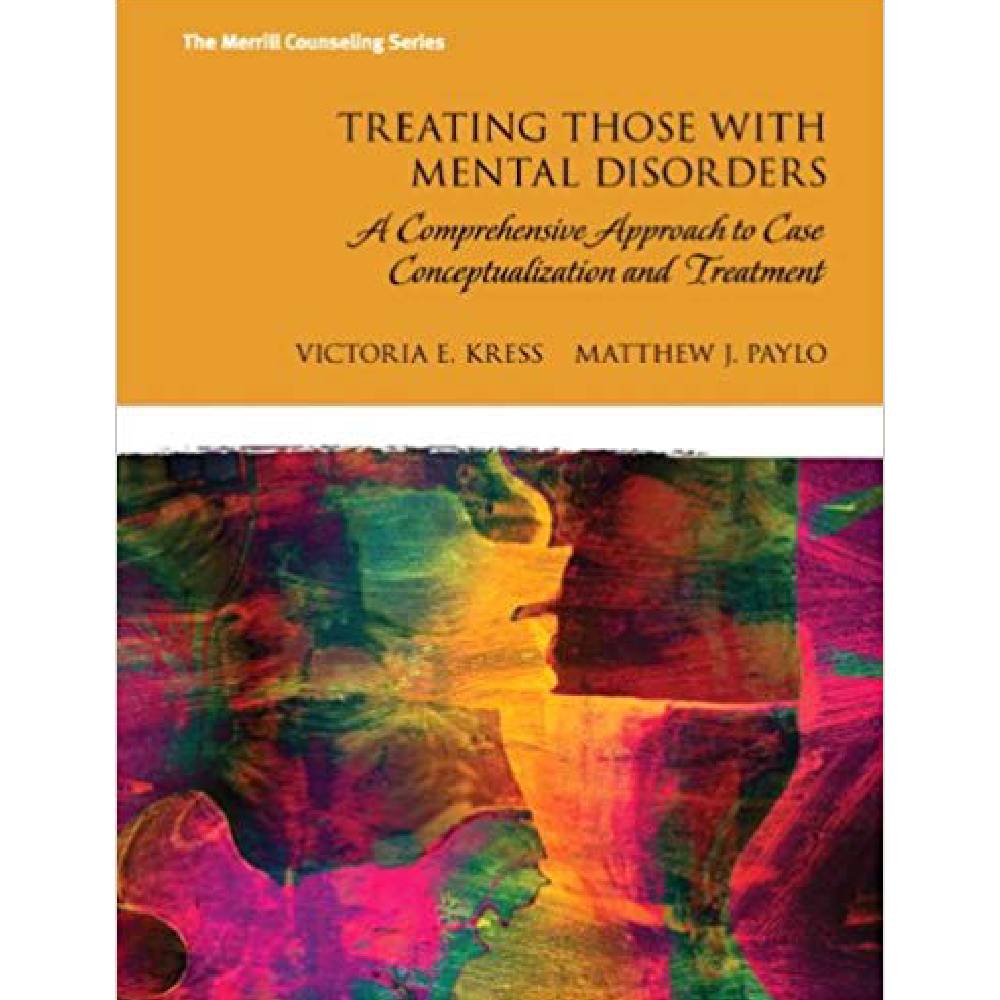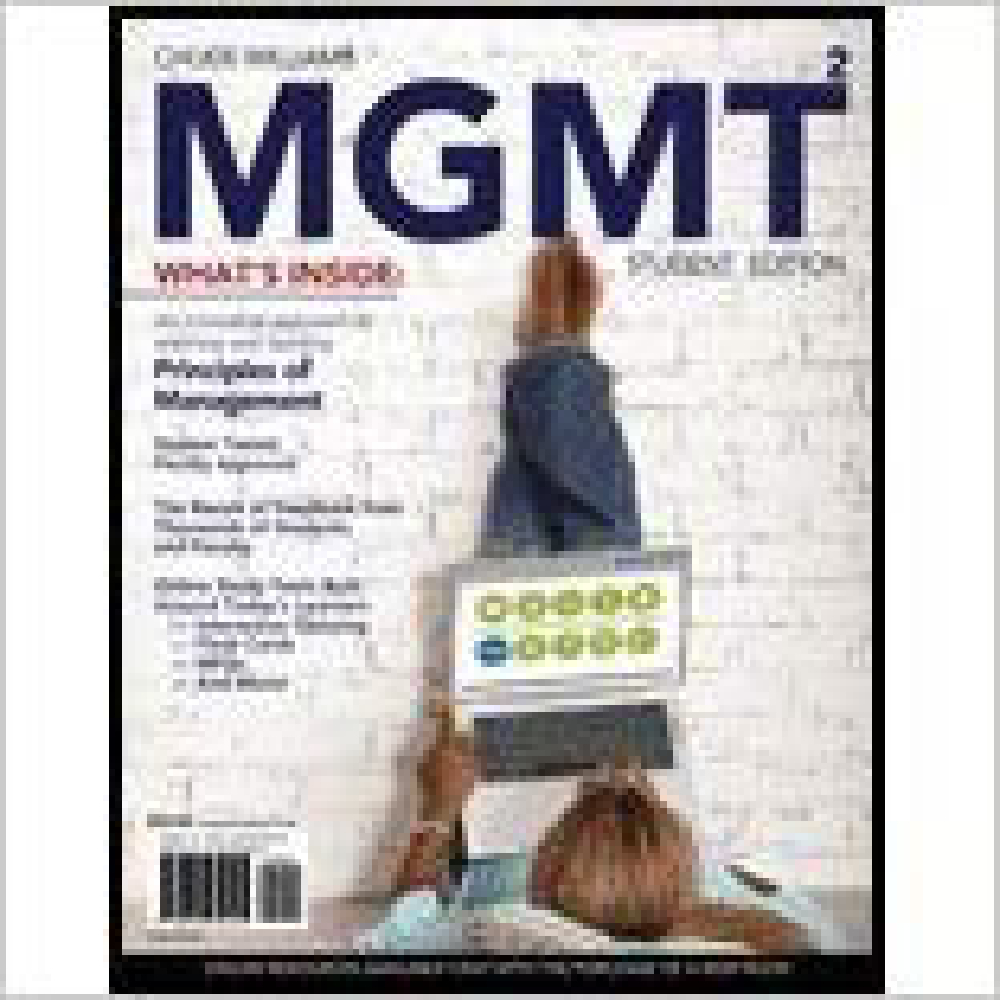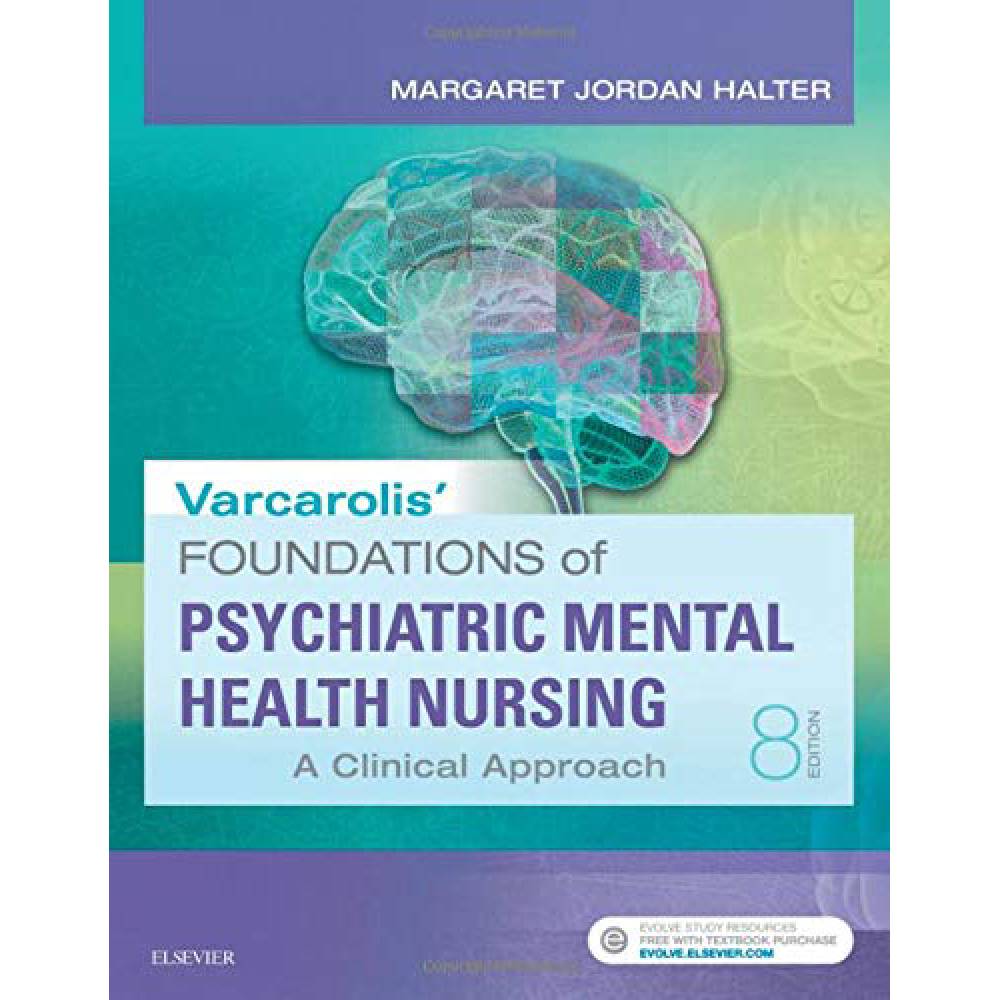Varcarolis’ Foundations Of Psychiatric Mental Health Nursing A Clinical Approach 7th Edition By Margaret – Test Bank
$55.00
Varcarolis’ Foundations Of Psychiatric Mental Health Nursing A Clinical Approach 7th Edition By Margaret – Test Bank
You will receive this product within 24 hours after placing the order
Varcarolis’ Foundations Of Psychiatric Mental Health Nursing A Clinical Approach 7th Edition By Margaret – Test Bank
Chapter 11: Childhood and Neurodevelopmental Disorders
MULTIPLE CHOICE
1. Which factor presents the highest risk for a child to develop a psychiatric disorder?
a. Having an uncle with schizophrenia c. Living with an alcoholic parent
b. Being the oldest child in a family d. Being an only child
ANS: C
Having a parent with a substance abuse problem has been designated an adverse psychosocial condition that increases the risk of a child developing a psychiatric condition. Being in a middle-income family and being the oldest child do not represent psychosocial adversity. Having a family history of schizophrenia presents a risk, but an alcoholic parent in the family offers a greater risk.
PTS: 1 DIF: Cognitive Level: Apply (Application)
REF: Page 182-183 TOP: Nursing Process: Assessment
MSC: Client Needs: Psychosocial Integrity
2. Which nursing diagnosis is universally applicable for children diagnosed with autism spectrum disorders?
a. Impaired social interaction related to difficulty relating to others
b. Chronic low self-esteem related to excessive negative feedback
c. Deficient fluid volume related to abnormal eating habits
d. Anxiety related to nightmares and repetitive activities
ANS: A
Children diagnosed with autism spectrum disorders display profoundly disturbed social relatedness. They seem aloof and indifferent to others, often preferring inanimate objects to human interaction. Language is often delayed and deviant, further complicating relationship issues. The other nursing diagnoses might not be appropriate in all cases.
PTS: 1 DIF: Cognitive Level: Apply (Application)
REF: Page 191-193 (Table 11-1) TOP: Nursing Process: Analysis/Diagnosis
MSC: Client Needs: Psychosocial Integrity
3. Which behavior indicates that the treatment plan for a child diagnosed with an autism spectrum disorder was effective? The child:
a. plays with one toy for 30 minutes.
b. repeats words spoken by a parent.
c. holds the parent’s hand while walking.
d. spins around and claps hands while walking.
ANS: C
Holding the hand of another person suggests relatedness. Usually, a child with an autism spectrum disorder would resist holding someone’s hand and stand or walk alone, perhaps flapping arms or moving in a stereotyped pattern. The incorrect options reflect behaviors that are consistent with autism spectrum disorders.
PTS: 1 DIF: Cognitive Level: Apply (Application)
REF: Page 191-192 TOP: Nursing Process: Evaluation
MSC: Client Needs: Psychosocial Integrity
4. A kindergartener is disruptive in class. This child is unable to sit for expected lengths of time, inattentive to the teacher, screams while the teacher is talking, and is aggressive toward other children. The nurse plans interventions designed to:
a. promote integration of self-concept.
b. provide inpatient treatment for the child.
c. reduce loneliness and increase self-esteem.
d. improve language and communication skills.
ANS: C
Because of their disruptive behaviors, children with ADHD often receive negative feedback from parents, teachers, and peers, leading to self-esteem disturbance. These behaviors also cause peers to avoid the child with ADHD, leaving the child with ADHD vulnerable to loneliness. The child does not need inpatient treatment at this time. The incorrect options might or might not be relevant.
PTS: 1 DIF: Cognitive Level: Analyze (Analysis)
REF: Page 189 | Page 193-194 TOP: Nursing Process: Planning
MSC: Client Needs: Psychosocial Integrity
5. A nurse will prepare teaching materials for the parents of a child newly diagnosed with attention deficit hyperactivity disorder (ADHD). Which medication will the information focus on?
a. Paroxetine (Paxil) c. Methyphenidate (Ritalin)
b. Imipramine (Tofranil) d. Carbamazepine (Tegretol)
ANS: C
CNS stimulants are the drugs of choice for treating children with ADHD: Ritalin and dexedrine are commonly used. None of the other drugs are psychostimulants used to treat ADHD.
PTS: 1 DIF: Cognitive Level: Understand (Comprehension)
REF: Page 193 TOP: Nursing Process: Planning
MSC: Client Needs: Physiological Integrity
6. What is the nurse’s priority focused assessment for side effects in a child taking methylphenidate (Ritalin) for attention deficit hyperactivity disorder (ADHD)?
a. Dystonia, akinesia, and extrapyramidal symptoms
b. Bradycardia and hypotensive episodes
c. Sleep disturbances and weight loss
d. Neuroleptic malignant syndrome
ANS: C
The most common side effects are gastrointestinal disturbances, reduced appetite, weight loss, urinary retention, dizziness, fatigue, and insomnia. Weight loss has the potential to interfere with the child’s growth and development. The distracters relate to side effects of conventional antipsychotic medications.
PTS: 1 DIF: Cognitive Level: Apply (Application)
REF: Page 193-194 TOP: Nursing Process: Assessment
MSC: Client Needs: Physiological Integrity
7. A desired outcome for a 12-year-old diagnosed with attention deficit hyperactivity disorder (ADHD) is to improve relationships with other children. Which treatment modality should the nurse suggest for the plan of care?
a. Reality therapy c. Social skills group
b. Simple restitution d. Insight-oriented group therapy
ANS: C
Social skills training teaches the child to recognize the impact of his or her behavior on others. It uses instruction, role-playing, and positive reinforcement to enhance social outcomes. The other therapies would have lesser or no impact on peer relationships.
PTS: 1 DIF: Cognitive Level: Apply (Application)
REF: Page 189 | Page 194 TOP: Nursing Process: Planning
MSC: Client Needs: Psychosocial Integrity
8. The parent of a 6-year-old says, “My child is in constant motion and talks all the time. My child isn’t interested in toys but is out of bed every morning before me.” The child’s behavior is most consistent with diagnostic criteria for:
a. communication disorder.
b. stereotypic movement disorder.
c. intellectual development disorder.
d. attention deficit hyperactivity disorder.
ANS: D
Excessive motion, distractibility, and excessive talkativeness are seen in attention deficit hyperactivity disorder (ADHD). The behaviors presented in the scenario do not suggest intellectual development, stereotypic, or communication disorder.
PTS: 1 DIF: Cognitive Level: Understand (Comprehension)
REF: Page 193-194 TOP: Nursing Process: Assessment
MSC: Client Needs: Psychosocial Integrity
9. A child diagnosed with attention deficit hyperactivity disorder had this nursing diagnosis: impaired social interaction related to excessive neuronal activity as evidenced by aggression and demanding behavior with others. Which finding indicates the plan of care was effective? The child:
a. has an improved ability to identify anxiety and use self-control strategies.
b. has increased expressiveness in communication with others.
c. shows increased responsiveness to authority figures.
d. engages in cooperative play with other children.
ANS: D
The goal should be directly related to the defining characteristics of the nursing diagnosis, in this case, improvement in the child’s aggressiveness and play. The distracters are more relevant for a child with autism spectrum or anxiety disorder.
PTS: 1 DIF: Cognitive Level: Apply (Application)
REF: Page 193 | Page 195-196 TOP: Nursing Process: Evaluation
MSC: Client Needs: Psychosocial Integrity
10. When a 5-year-old diagnosed with attention deficit hyperactivity disorder (ADHD) bounces out of a chair and runs over and slaps another child, what is the nurse’s best action?
a. Instruct the parents to take the aggressive child home.
b. Direct the aggressive child to stop immediately.
c. Call for emergency assistance from other staff.
d. Take the aggressive child to another room.
ANS: D
The nurse should manage the milieu with structure and limit setting. Removing the aggressive child to another room is an appropriate consequence for the aggressiveness. Directing the child to stop will not be effective. This is not an emergency. Intervention is needed rather than sending the child home.
PTS: 1 DIF: Cognitive Level: Apply (Application)
REF: Page 194-195 (Box 11-3) TOP: Nursing Process: Implementation
MSC: Client Needs: Safe, Effective Care Environment












Reviews
There are no reviews yet.